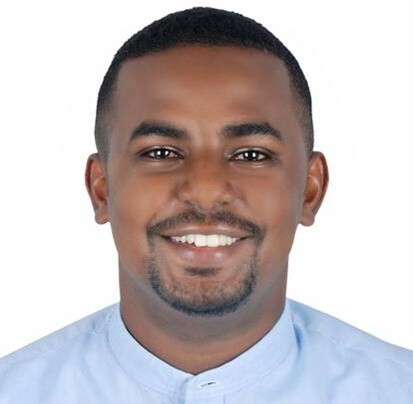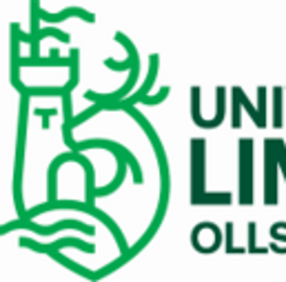
Mohamed Abbas Abdelsalam
Helmholtz-Zentrum Dresden-Rossendorf
Supervisors: Prof. Uwe Hampel and Dr. Wei Ding
Brief Bio
Mohamed Abbas Abdelsalam is currently a PhD student at HZDR and TU Dresden. He has actively worked on Thermofluids, solar thermal seawater desalination, and 3D printing. He received his MSc in Mechanical Engineering from Khalifa University in 2022. He worked as a research associate at Khalifa University from 2022 to 2024 while he managed to publish in the prestigious Nature Communications journal as a first author. In addition, Mohamed also has filed an international patent application.
Project Description
The cavitation - vortex - turbulence (CVT) interaction, which determines the cavitation intensity, location and shape is not yet understood quantitatively. Accordingly, the promotional effect of CVT on diffusion and reaction of OH radicals cannot be assessed. In this project, the effect of the CVT interactions will be characterized in terms of vortex stretching and dilation. These micro-scale models based on direct numerical simulations (DNS) will quantitatively predict the location and intensity of collapsing cavities, and the reactions of OH radicals. Key objectives are: 1) Characterize the impact of the CVT interaction on cavitation (DNS with the parallel, hierarchic code PHASTA) on a scale of tens of bubbles; 2) Quantify the impact of related physical mechanisms on the concentration and diffusion rate of OH radicals with DNS; 3) Quantify interactions of diffusion and reactions of OH radicals considering the CVT interaction for different hydraulic conditions. Key expected results are: 1) A novel closure model based on the vorticity transport equation to describe the impact of the CVT interaction on cavitation; 2) An empirical correlation between cavity characteristics and generated pressure fluctuation, shear and turbulence; 3) A first-ever quantitative formulation of the impact of the CVT interaction on local concentration and reaction of the OH radicals.



